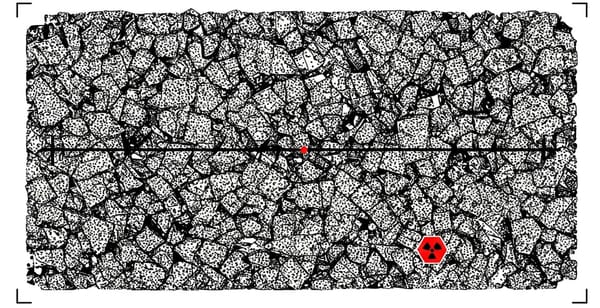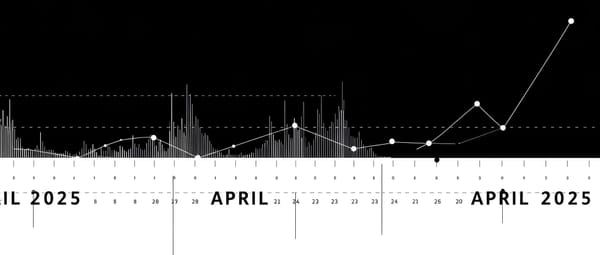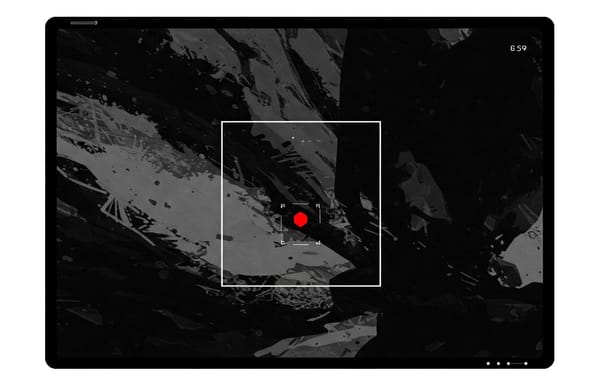Are Mobile Radiation Detection Systems More Effective Than Radiation Portal Monitors?
Mobile Radiation Detection Systems (MRDs) outperform fixed Radiation Portal Monitors (RPMs) in preventing nuclear smuggling. Their flexibility and unpredictability make smugglers' evasion harder. Investing in MRDs offers a cost-effective, adaptable, and more reliable security solution.
Preventing nuclear smuggling is a critical global security challenge. Two primary technologies are used to detect and intercept illicit radioactive materials: Radiation Portal Monitors (RPMs) and Mobile Radiation Detection Systems (MRDs). A recent study compared these two approaches, highlighting their strengths, weaknesses, and effectiveness in combating nuclear smuggling.
Understanding RPMs and MRDs
What Are RPMs?
Radiation Portal Monitors (RPMs) function like large, stationary scanners positioned at border crossings, ports, and key checkpoints. These devices automatically scan vehicles and individuals for radioactive materials as they pass through, like metal detectors at airports, but designed to detect radiation instead of metal.
What Are MRDs?
Mobile Radiation Detection Systems (MRDs) are portable detectors installed in vehicles such as trucks or SUVs. Unlike RPMs, they can be relocated and deployed flexibly across various locations, making them unpredictable and harder for smugglers to avoid.
Key Challenges in Nuclear Smuggling Detection
The primary challenge in stopping nuclear smuggling is that adversaries constantly seek ways to bypass security measures. Smugglers may exploit gaps in detection coverage, use alternative routes, or deploy countermeasures to evade detection. The study aimed to determine which technology—RPMs or MRDs—provides a more effective defense against these tactics.
Findings from the Study
1. RPMs Can Be Easily Avoided
While RPMs are effective when fully covering all possible entry points, their effectiveness diminishes significantly if there are gaps in the coverage. Smugglers will always choose routes without RPMs, rendering them ineffective unless deployed comprehensively—an unrealistic scenario due to cost and logistical constraints.
2. MRDs Offer Greater Flexibility and Effectiveness
The study found that MRDs outperform RPMs in detecting nuclear smuggling attempts. Because MRDs can move unpredictably, smugglers cannot easily plan routes to avoid them. Even when their detection capabilities were reduced, MRDs still performed better than RPMs in overall interception success.
3. Strategic Placement of MRDs Is Crucial
The effectiveness of MRDs depends on where they are deployed. Positioning MRDs near major transportation hubs and critical border-crossing routes significantly enhances their ability to intercept nuclear materials. The study suggests that covering high-traffic pathways is more effective than dispersing MRDs randomly.
4. More MRDs Improve Detection—But Only to a Point
Deploying multiple MRDs increases detection rates, but the benefit diminishes after a certain number of units. Once coverage reaches a critical threshold, additional MRDs provide minimal improvement in stopping smuggling attempts.
5. MRDs Are Effective Even at Lower Detection Levels
Surprisingly, the study found that MRDs do not need to match RPMs in detection capability to be effective. Even if MRDs have only one-tenth the detection probability of RPMs, they still perform comparably, thanks to their flexibility and unpredictability.
6. MRDs Are More Practical and Harder to Evade
Unlike stationary RPMs, which can be identified and avoided, MRDs can be relocated as needed. This dynamic nature makes it significantly more challenging for smugglers to develop reliable evasion strategies. Additionally, MRDs do not require the same level of infrastructure as RPMs, making them a more cost-effective solution.
Challenges of MRD Implementation
Despite their advantages, MRDs come with operational challenges. Deploying MRDs effectively requires well-defined procedures for stopping vehicles, conducting secondary screenings, and ensuring that operators are well-trained to interpret detection data accurately.
Final Takeaway: Invest in MRDs for Better Nuclear Smuggling Prevention
The study strongly recommends prioritizing investments in MRDs over an over-reliance on RPMs. While RPMs have their place in security infrastructure, MRDs provide a more flexible, effective, and practical approach to detecting and intercepting nuclear materials. To maximize their efficiency, MRDs should be designed with at least one-third of the detection capability of RPMs, ensuring that they remain a formidable tool in nuclear security.
Conclusion
In simple terms, the research suggests that mobile detectors, which can be relocated and deployed strategically, offer a superior method of preventing nuclear smuggling compared to fixed scanners at border crossings. By investing in mobile radiation detection technology, authorities can create a more unpredictable and robust security system that makes smuggling nuclear materials significantly more difficult.
Source: https://www.sciencedirect.com/science/article/pii/S1738573318309744




